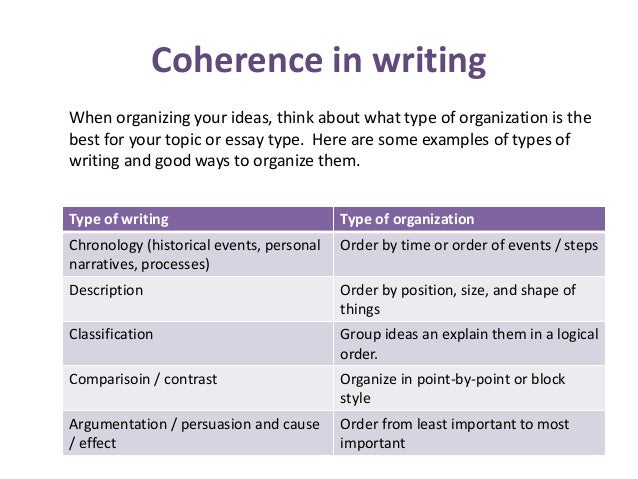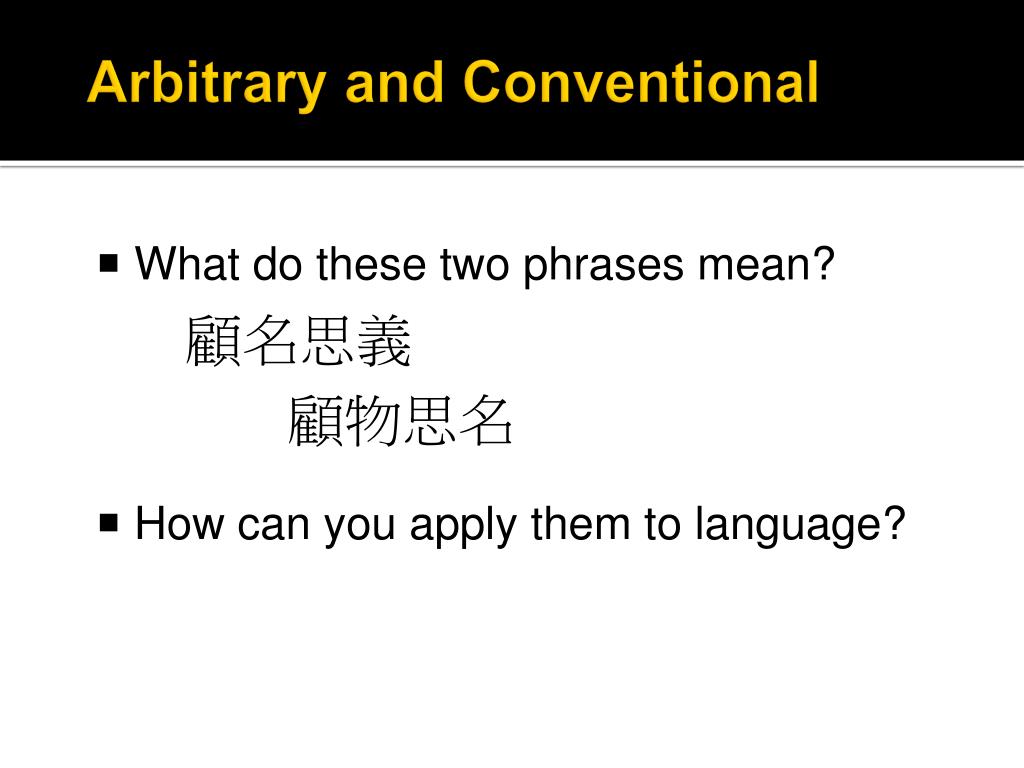
Mentioned phenomena are illustrated and supported by evidence based on the statistical analysis of the results of a questionnaire. The representativeness heuristic causes that people rely on highly specific scenarios, ignore base rates, draw conclusions based on small samples and neglect scope. The availability heuristic explains why highly imaginable or vivid information have a disproportionate effect on people’s decisions. People tend to give disproportionate weight to the initial information they receive. The anchoring heuristic is a tendency to focus on the initial information, estimate or perception (even random or irrelevant number) as a starting point. This paper focuses on illustrating the existence of the anchoring, availability, and representativeness heuristics, originally described by Tversky & Kahneman in the early 1970's. These heuristics could be quite useful in some situations, while in others they can lead to severe and systematic errors, based on significant deviations from the fundamental principles of statistics, probability and sound judgment.

They serve as mental shortcuts that help people to simplify and structure the information encountered in the world.

Heuristics are unconscious routines people use to cope with the complexity inherent in most decision situations. In conclusion, across three experiments, we demonstrate that salient unclaimed prize information is capable of exerting a strong effect over judgments related to scratch card games.The aim of the paper is to demonstrate the impact of heuristics, biases and psychological traps on the decision making. A density-matrix method for the study of tagged states of neutral B mesons with arbitrary coherence properties is applied to several examples, including e +. Possible mechanisms underlying this bias are discussed. This is interpreted as a confirmation and extension of the arbitrary coherence reported in other studies of consumer judgement (Ariely, Loewenstein and Prelec, 2003). As in Experiment 2, participants still favoured cards with greater numbers of unclaimed prizes. Such anchors remain powerful enough for transitions to subsequent valuations to remain influenced by this initial value. Finally, in Experiment 3 (N = 200), we manipulated the hypothetical scratch cards such that games with the highest number of unclaimed prizes were the least favourable, and vice versa. The bias, although attenuated, still persisted in these conditions.

In Experiment 2 (N = 201), we attempted to ameliorate this bias by providing participants with the number of tickets remaining to be purchased and equating the payback percentages of all three games. In Experiment 1 (N = 201), we showed that participants are influenced by this information such that they felt more likely to win, were more excited to play, and preferred to hypothetically purchase more of the scratch card with the greatest number of unclaimed prizes.

Despite its lack of utility in assisting gamblers in choosing the most favourable type of scratch card to play, we hypothesized that unclaimed prize information would bias participants' judgments within a scratch card gambling context. However, unless the number of tickets remaining to be purchased is also provided, this information is uninformative. Unclaimed prize information (i.e., the number of prizes still available to be won) is information commonly provided to scratch card gamblers.


 0 kommentar(er)
0 kommentar(er)
